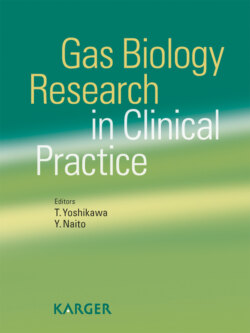Читать книгу Gas Biology Research in Clinical Practice - Группа авторов - Страница 32
На сайте Литреса книга снята с продажи.
Handling and Delivery of Therapeutic Medical Gases
ОглавлениеAs these medical gases may be toxic, hazardous or poisonous at a higher concentration, methods and devices for the delivery of therapeutic gases must be carefully examined. The standard yoking system with compressed gas cylinder valve outlet and inlet connections with specific regulators will help avoid improper gas therapy delivery. The best delivered system will be through a closed system in which the delivery mechanism is not prone to problematic leaks or air entrainment. All techniques using gas therapy have the obligation to identify by label the different available therapy gases before administration, and provide safe gas delivery and precision gas analysis or monitoring.
In addition to the development of safe devices for inhaled medical gas, potential clinical application may include a parenteral injectable or a drug containing a gasreleasing moiety. Emerging evidence reveals the efficacies of a novel class of substance, CO-releasing molecules (CORMs), which are capable of exerting a variety of pharmacological activities via the liberation of controlled amounts of CO in biological systems [2]. Recent studies show that nitrate and nitrite, contained in green vegetables, can be recycled in vivo to form NO, representing an important alternative source of NO to the classical L-arginine-NO-synthase pathway, in particular in hypoxic states [3]. It is noteworthy that the enterobacterial flora is an important source of hydrogen and hydrogen sulphide. Experimental study has demonstrated that when hydrogen is released by intestinal bacteria systemic antibiotics may affect the stable levels of these gases along with suppression of commensal bacteria, which may influence to host’s resistance and innate immunity [4].
